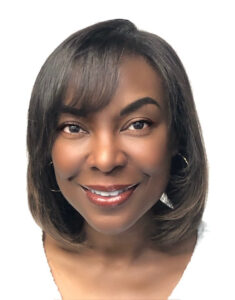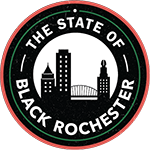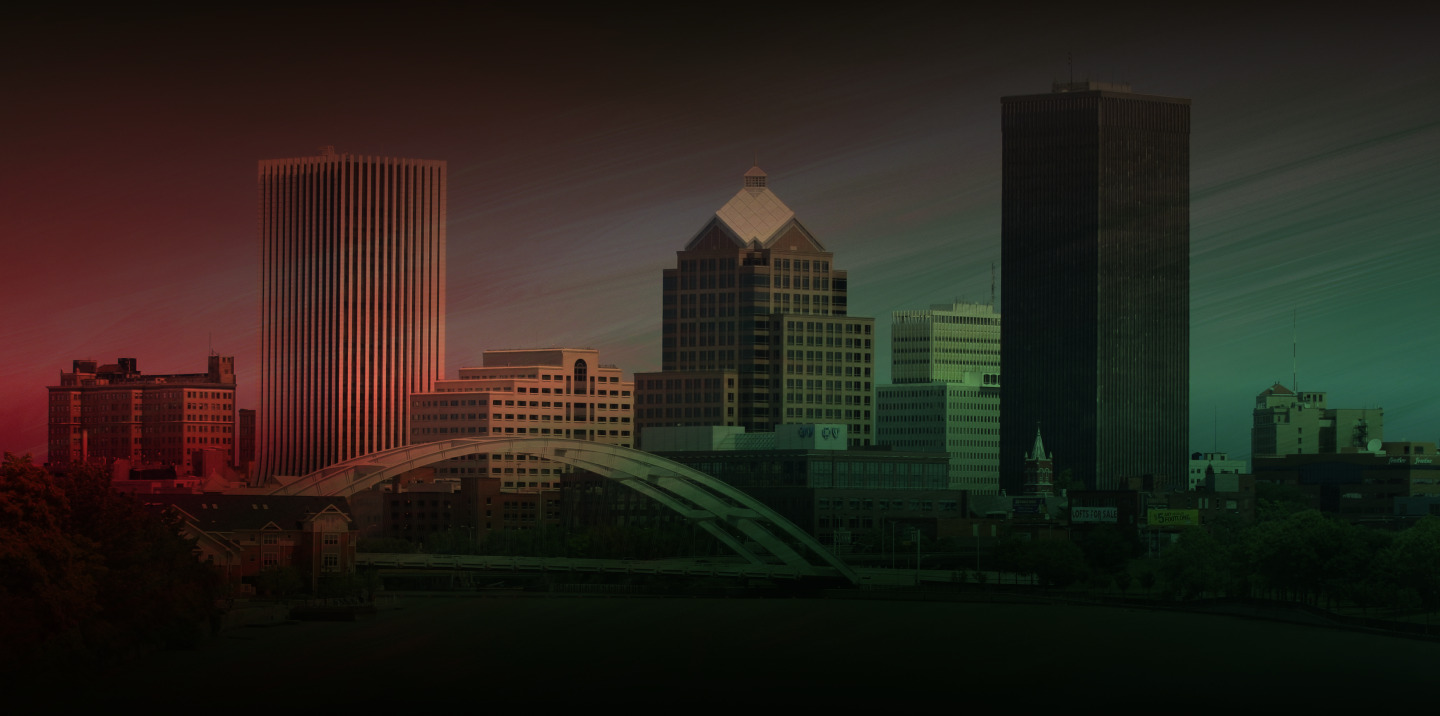“Education is the most powerful weapon which you can use to change the world.”
– Nelson Mandela
 Back from New York City: A Rochesterian Returns to a Mix of Growth, Change, and Stagnation in Rochester
Back from New York City: A Rochesterian Returns to a Mix of Growth, Change, and Stagnation in Rochester
I’ve been fortunate to travel to many places, but Rochester will always be home. After completing the Urban-Suburban program, I attended SUNY Brockport and then studied in New York City at NYU. After living in NYC for many years, I returned home to Rochester and have been encouraged by some of the changes that have taken place. Downtown has noticeable improvements, with more housing and small businesses being developed in and around city center. And the expansion and renovation of places like The Strong Museum of Play, the Public Library, and the Roc the Riverway project attract folks who might not otherwise come into the city. Regardless, there is still a lot of work to be done. There are numerous issues impacting Black Rochester, including education, employment, and safety.
The Perspective of an Urban-Suburban Alumna: Grateful, Disappointed, and Hopeful
The Urban-Suburban program is the first voluntary school desegregation program in the country. It started as an inter-district transfer arrangement that allowed students residing in the city to transfer to suburban schools, and vice-versa. The mission of the organization is “to voluntarily decrease racial isolation, deconcentrate poverty, and enhance opportunities for students in the Rochester City School District (RCSD) and the suburban districts of the Greater Rochester Area.” It’s amazing to think that several decades ago, people in this community worked with New York State to create a strategy to combat substandard education, racism, and poverty, helping thousands of students achieve a better education.
The program provided an alternative option for families who lost trust in RCSD. As a youth, I often resented not being able to attend a city school, but many years later I am so grateful that my mother insisted on doing what she thought was best for me by keeping me in the program. Would I have had the academic and professional experiences and accomplishments that I’ve achieved had I not been in the Urban-Suburban program? Possibly. Due to my time in the program, I am grateful that I am not self-conscious in most environments. I attribute this to being exposed to and interacting with people who are not exactly like me.
Today, more than 60 years after Brown v. Board of Education, the debate continues over how to combat racial inequalities in our country’s school systems, inequities that exist due to specific racist residential practices (redlining) sanctioned by local, state, and federal government, and significant differences in the resources available to schools in wealthier areas versus schools located in economically disadvantaged areas across the U.S.
The Future Leadership of Black Rochester
I’m excited about and uplifted by the advancement for Black professionals in business, arts, real estate, healthcare, and philanthropy. Black leadership is at the forefront of a lot of change in our urban areas. This validates that upward mobility isn’t just about moving to the suburbs. It’s about being business owners and homeowners in the area where one chooses to live. So, if you are inclined to live in an urban environment and raise a family, your children are entitled to a solid education in safe schools, preparing them for whatever path they choose, academically and/or professionally. Zip code and neighborhood should never limit opportunities, health, or wealth.
Even though the graduation rate for RCSD is now at 71%, it still ranks in the bottom 50% of public schools in New York, according to NYSED, with reading and math proficiencies well below statewide averages. These statistics speak volumes. As if this wasn’t enough of a battle, in 2020, a global pandemic gripped our nation. COVID-19 drastically impacted everything. It created a reset across sectors but ultimately caused those with limited resources to be set back even further. It’s been especially hard on children already living close to or below the poverty line, and seriously hindered their education. Children were confined to their homes and forced to transition to remote, virtual learning. Many were ill-prepared for such a drastic, sudden transition.
When there is a lack of adequate education and generational wealth, it is almost certain that an individual trying to better his or her life will fail. But I believe we can solve a lot of our most entrenched problems, as long as we keep shining a light on inequities and providing access to good education consisting of well-prepared teachers and other caring adults taking a vested interest in (and making a commitment to) the success of students. A good education requires appropriate teaching tools (books, technology, equipment, and other necessary supplies) and a safe, healthy, environment that is adaptable to the needs of the students and families being served. Good education is balanced and well-rounded and offers opportunities for students to learn not only STEM and core subjects, but also have access to the arts and physical education.
By imparting valuable, practical knowledge to our youth, we ensure they are prepared for the real world. Additionally, we must establish stable environments for youth to heal. Healing and recovery are imperative for communities that have been disinvested in and can bridge the urban/suburban divide. Black leaders and community members of every shade and spectrum must plan, innovate, and apply creative solutions when the old ways don’t yield fruitful results. We need to support the ground-level organizations embedded in the community working directly with youth and families as well as local leaders and officials.
There are more than enough resources, intelligence, and creativity for us to effectively address our “Urban/Suburban” problems in a measurable and impactful way. The question is: Do we have the collective will to do so?

